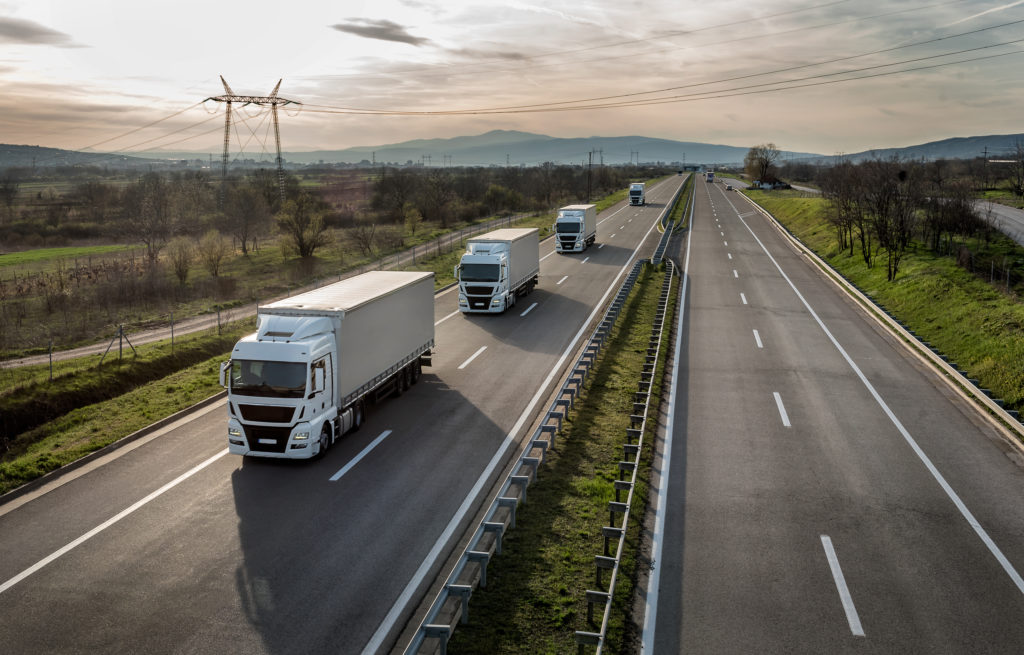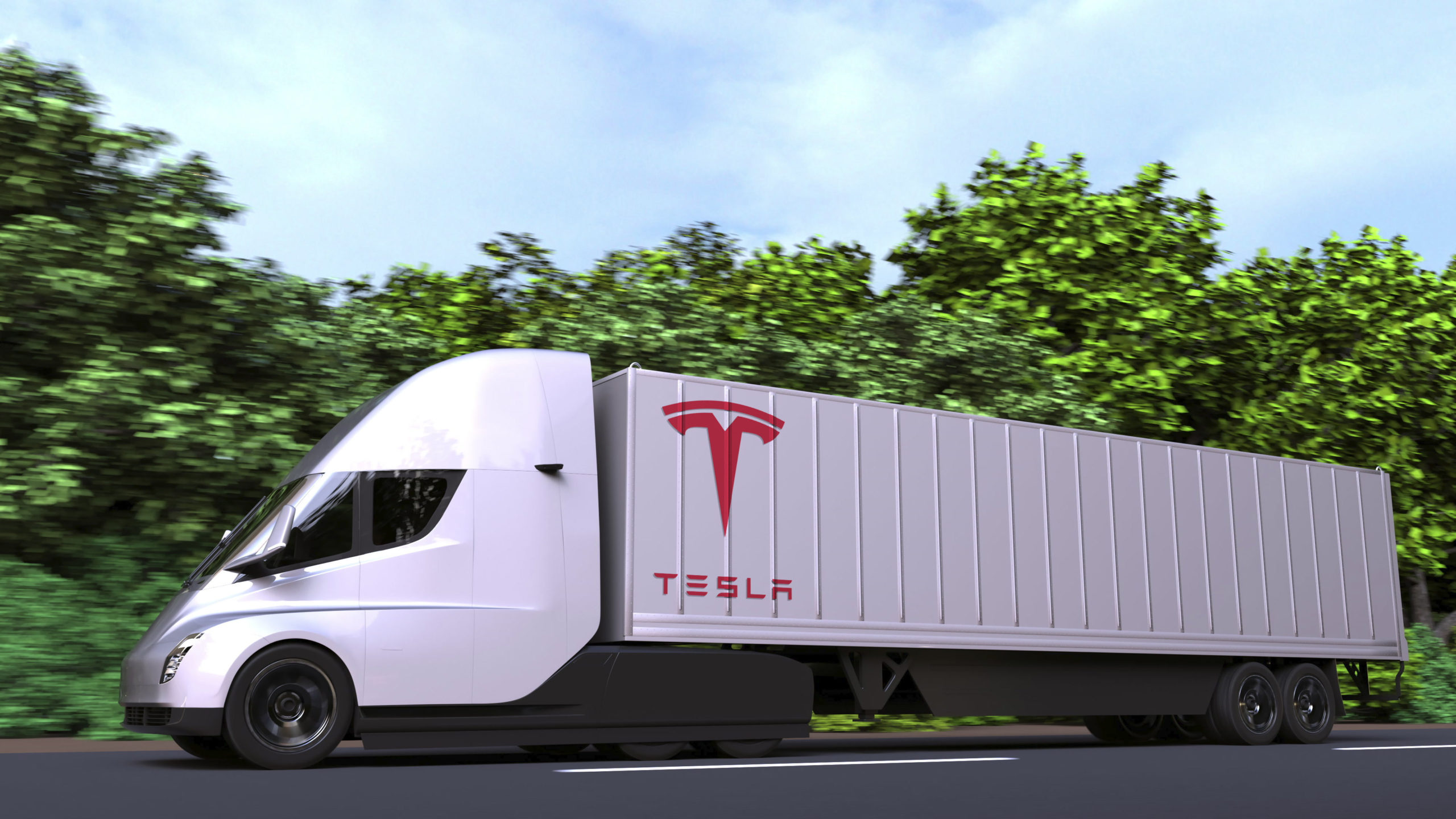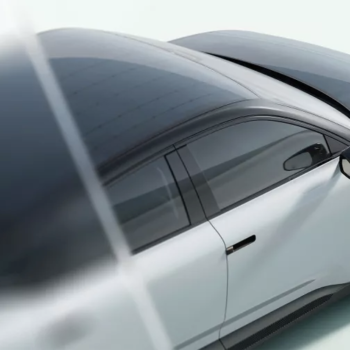|
|
Busy? Try the speed read.
We have seen greater adoption of electric cars in recent years as the technology has advanced and costs reduce, but how has this progressed for heavy duty trucks within the US? The opportunity arises when medium to heavy duty vehicles account for 26% of GHG emissions in the transport sector. This is clearly recognised by major truck manufacturers like Daimler, Freightliner, Volvo, Toyota, Schneider and Tesla all in the race to be market leaders.
There are about 4,000 electric trucks on the road, with the expectation of increasing to 48,000 by 2025. However, the rate of adoption is still met with its challenges like limited range, lack of working charging stations and high upfront costs.
Dig deeper —> 13 min
Driving Toward Zero-Emissions with Green Fleets in the US
Millions of vehicles hit the road daily, whether for work, travel or other uses. Most cars and trucks use gas or diesel, contributing to carbon dioxide (CO2) emissions, but electric vehicles (EVs) can reduce those emissions significantly. EVs are prominent with commercial vehicles, but what about the 18-wheelers on the highway? Will truck drivers ever get to use electric trucks? Here’s more on the status and future of green fleets in the U.S.

How Many EVs Are on the Road Today?
EV sales are rising as manufacturers push sustainability goals. In 2022, EVs saw a 65% year-over-year increase globally, with automakers selling over 10 million machines. The sales increased EVs’ passenger vehicle market share from 9% in 2021 to 14% in 2022. However, fossil-fuel cars have been on the road for a century, so it’ll be a few decades before EVs overtake them.
Gasoline-powered cars still have control over the market for now. However, their sales have decreased. In 2017, consumers bought 85 million internal combustion engine (ICE) cars, but in 2022, sales fell to 63 million. The future is coming slowly, but fleets are becoming greener by the year.
The greenifying of the auto industry shows through annual emission reports. The last couple of decades have seen outputs reduce annually. In 2021, CO2 emissions for new vehicles dropped to 347 grams per mile (g/mi). According to the Environmental Protection Agency (EPA), this mark is the lowest on record.
What Are Green Fleets?
Green fleets include trucks that use renewable energy instead of fossil fuels for their power. Battery-electric trucks are the most common alternative energy source. Some companies use renewable diesel, biodiesel and hydrogen fuel cells, depending on the type of truck.
Logistics professionals use long-haul trucks for shipping and other industries. These businesses typically have heavy-duty trucks like 18-wheelers. The Federal Highway Administration (FHWA) classifies machines as heavy-duty if they weigh more than 26,000 pounds. Some companies may use medium-duty trucks weighing between 10,001 and 26,000 pounds. Anything 10,000 pounds or lower gets light-duty classification.
Why Are Green Fleets Significant?
In the 2020s, climate change has come under the microscope as many try to combat the worst effects before it’s too late. Research shows about 63% of Americans believe climate change has impacted their life in some form. People contribute to CO2 emissions daily through their office buildings, cars and other daily tasks. It’s difficult for the average human to avoid, but industries like building and transportation are significant contributors.
For example, the transportation sector contributed 27% of U.S. greenhouse gas (GHG) emissions in 2020. That proportion is slightly higher than electricity (25%) and industry (24%). Within transportation, light-duty vehicles accounted for 57% of GHG emissions, and the next-highest source was medium and heavy-duty trucks at 26%. Millions of trucks are on the road daily, providing people with food and other necessary resources. Can electrification lead to green fleets?
What Is the Status of Green Trucking?
Creating fleets with zero emissions would significantly reduce the adverse effects coming from the transportation sector. The first electric truck came from Tesla when the California-based manufacturer unveiled the Tesla Semi in 2017.
Technology is rapidly favoring green trucks, with automakers making innovations yearly. For example, Toyota says it will begin producing hydrogen-powered semi-trucks in 2023. The automaker says these vehicles will have 160kW of continuous power while operating.
Most electric trucks on the road are short-haul vehicles. The current editions of EV batteries don’t have a long enough range to support truckers, who often drive hundreds of miles daily for work.
For example, Schneider is a trucking and logistics company that debuted its first battery-electric truck in 2021. The company says its electric trucks range between 200 and 240 miles, depending on the terrain the vehicle is on.
Some of America’s biggest trucking companies are starting to get on board with electric haulers. For example, United Parcel Service (UPS) has a fleet of 1,000 EVs and 13,000 trucks using alternative fuel sources.
The push for long-haul electric trucks comes from large producers like Daimler and its brands like Freightliner. Currently, Freightliner has class 8 models like the eCascadia with a 230-mile range. Peterbilt, another prominent trucking brand, has models like the 579EV with 670 horsepower and a three-hour charging time.
The research group Wood Mackenzie says about 2,000 electric semitrucks were on the road in 2019, which doubled in 2021. The number of battery-electric trucks is expected to swell to 48,000 by 2025. Change is coming as manufacturers see the benefits of electric trucks.

What Are the Benefits of Green Fleets?
The U.S. and countries worldwide need green trucks more than ever, and the move to renewable energy is an excellent thing to look forward to. Trucks using hydrogen fuel or lithium-ion batteries provide these five benefits for long-haul transportation.
- Lower Costs
Fleet managers know how volatile fuel costs can be. International conflicts and supply chain disruptions can increase expenses quickly. However, turning fleets green significantly reduces costs. Electric and hydrogen-powered trucks are much cheaper and don’t rely on outside factors, leading to significant fuel savings.
- Less Maintenance
EVs have become popular because of their maintenance costs. Electric trucks have much fewer moving parts inside the vehicle, meaning there is less for fleet owners to take care of. The low costs could offset the high upfront prices they have to pay initially.
A 2021 Berkeley Lab study found that a class 8 electric truck is about 13% cheaper than a comparable diesel truck because green fleets have a lower total cost of ownership (TCO).
- Reduced Noise
Most long-haul trucks run on fossil fuels and contribute to air pollution, but they also are a hindrance due to noise. Fortunately, electric trucks reduce these levels. Loud sounds from trucks can harm a driver’s hearing, but battery-powered engines make little noise. Electric cars and trucks are so quiet the federal government enacted laws requiring these vehicles to add sounds to alert pedestrians if they drive less than 18.6 mph.
- Better Safety
EV safety has come into question, but they consistently pass the test for drivers. Electric trucks provide significant upgrades because they’re easier to drive. For example, an electric truck typically has a simple transmission system. Diesel trucks can start at 10 gears and go up to 18. Electric trucks have only one.
- Improved Emissions
It’s worth emphasizing how green fleets would improve the transportation industry. These vehicles don’t have any tailpipe emissions, making logistics companies much more attractive when looking at environmental, social and governance (ESG) scores. ESG scores come from companies like Bloomberg, which tracks the impact of thousands of companies worldwide and gives information to investors. Getting to zero emissions would significantly help businesses with their ESG scores.
When Will America See Green Fleets?
Making long-haul trucks green requires more research and development of EV batteries. However, the next decade will be significant for the trucking industry.
For example, the California Air Resources Board controls the air quality in the state. It has implemented measures to eliminate emissions from new cars by 2035. The board has also required its truck manufacturers, like Schneider, to use EV technology with its long-haul trucks.
Toyota has shown that battery-electric trucks aren’t the only options for sustainability. Hydrogen-fueled trucks are another rising star with renewable energy. Last year, Volvo unveiled its hydrogen-powered hauler, which has a range of up to 1,000 km (621 miles). The Swedish automaker announced it would begin testing the trucks in traffic starting in 2025.
What Are the Challenges of Green Implementation?
Meeting sustainability goals won’t happen overnight. Challenges arise when altering the thousands of trucks driving daily on the highways. Companies face these obstacles when adopting green fleets:
- Range: Range is the primary limitation for the next generation of fleets. Semitruck drivers travel over 500 miles daily and have deadlines to meet. The time it takes to charge an 18-wheeler depends on the battery size, but it could take hours. Faster charging times will help keep trucks on the road longer.
- Charging stations: Charging medium- and heavy-duty trucks requires stations. Currently, the U.S. needs more infrastructure, even for light-duty vehicles. Truck drivers can travel hundreds of miles on some highways and interstates before they find a charging station. They also face the likelihood the charger doesn’t work due to broken parts or criminals hacking into the stations from a remote location.
- Cost: Purchasing EVs is a terrific way to become more environmentally conscious, but it does come at a steep price tag. The initial cost may be too high for companies, especially small businesses, to afford green fleets. For example, the Tesla Semi starts at $150,000 for the 300-mile truck and increases to $180,000 for the 500-mile vehicle.
Changing the Future of Long-haul Trucking
The trucking industry is among the most critical to daily life. Truckers transport food and supplies daily to keep up with commercial demand, but trucks have adversely impacted the environment. Currently, short-haul trucks have decent electric capabilities.
However, the future is bright in extending this technology to long-haul trucks and hydrogen-powered vehicles. Companies will see significant fuel savings and attain zero emissions.










No Comments